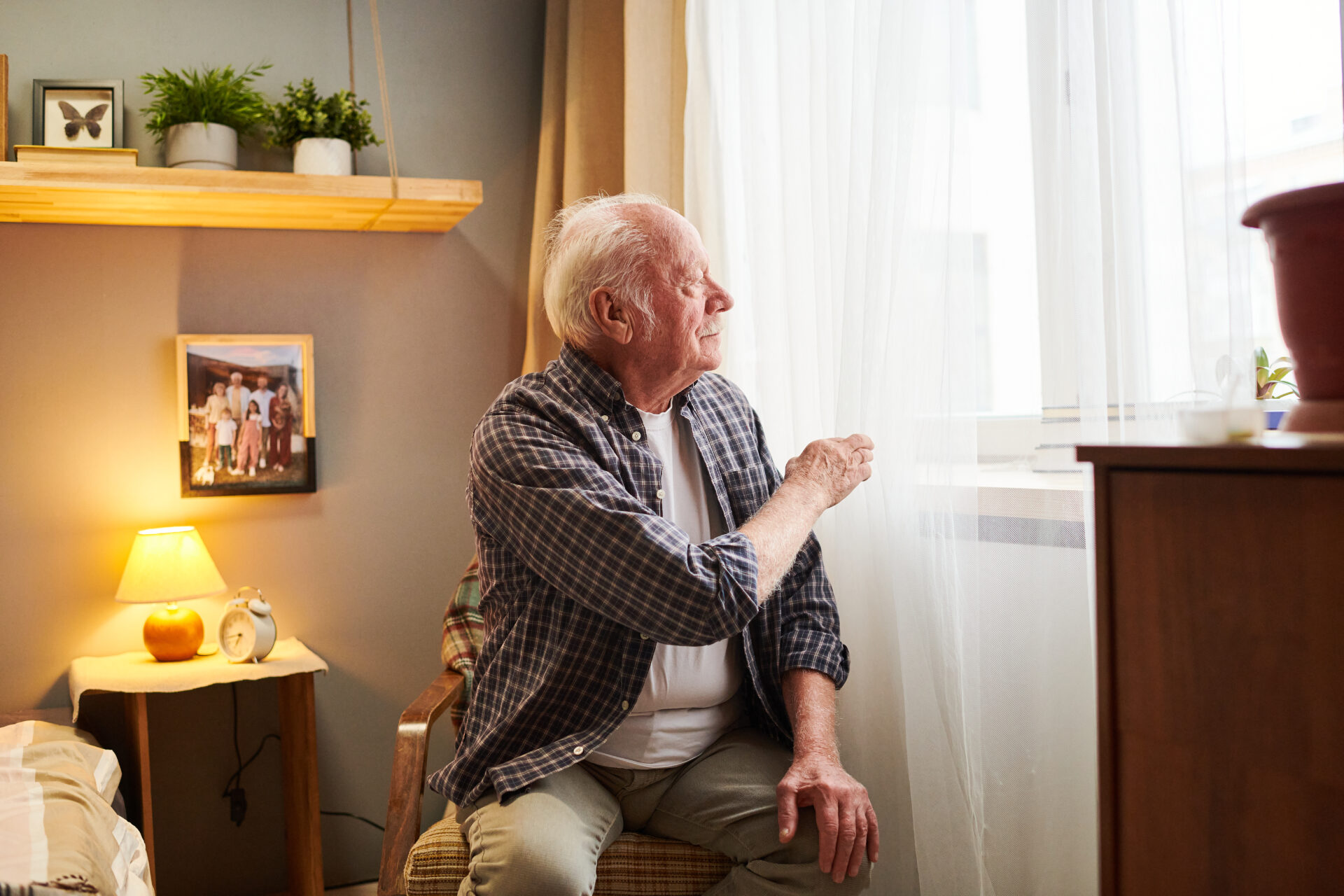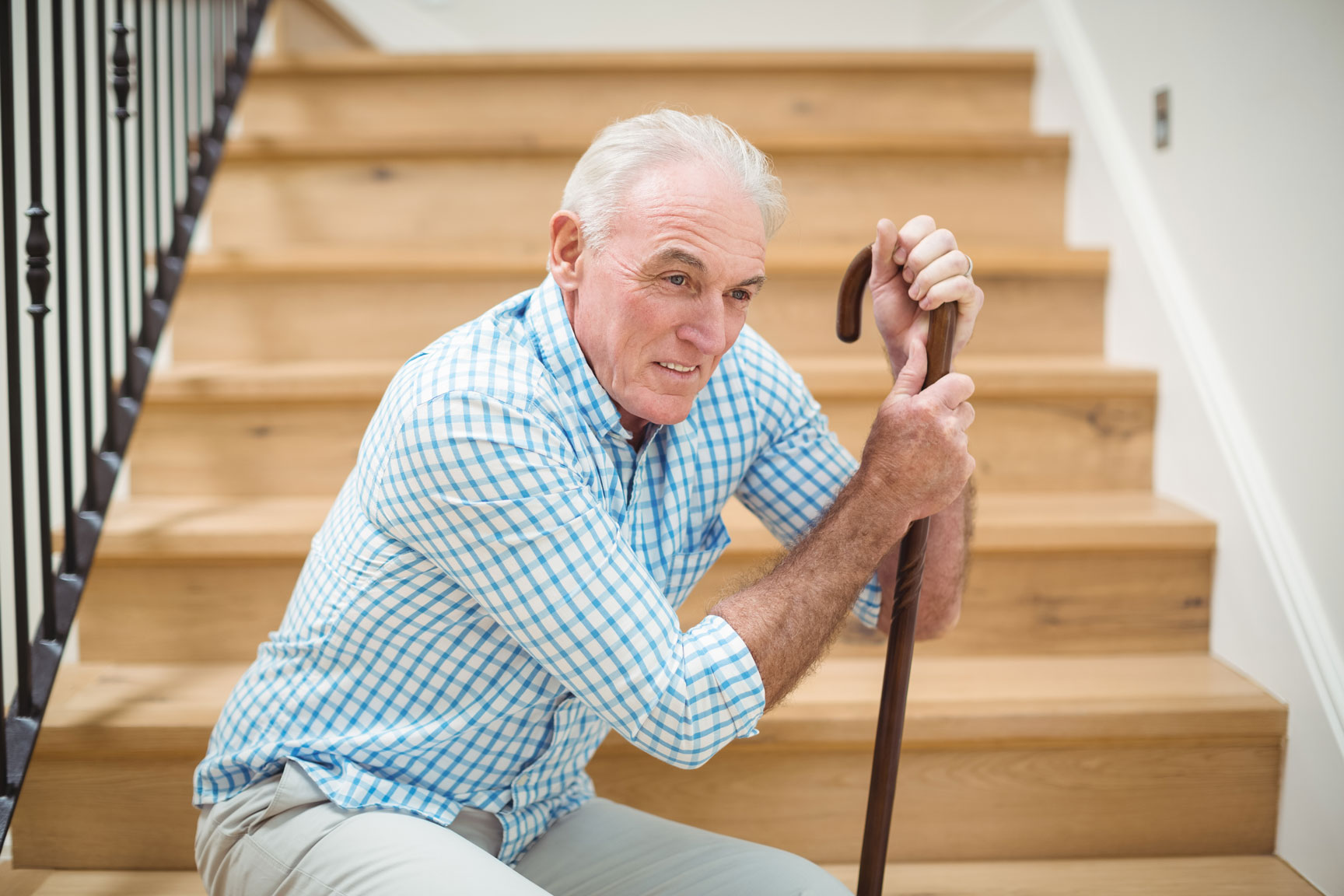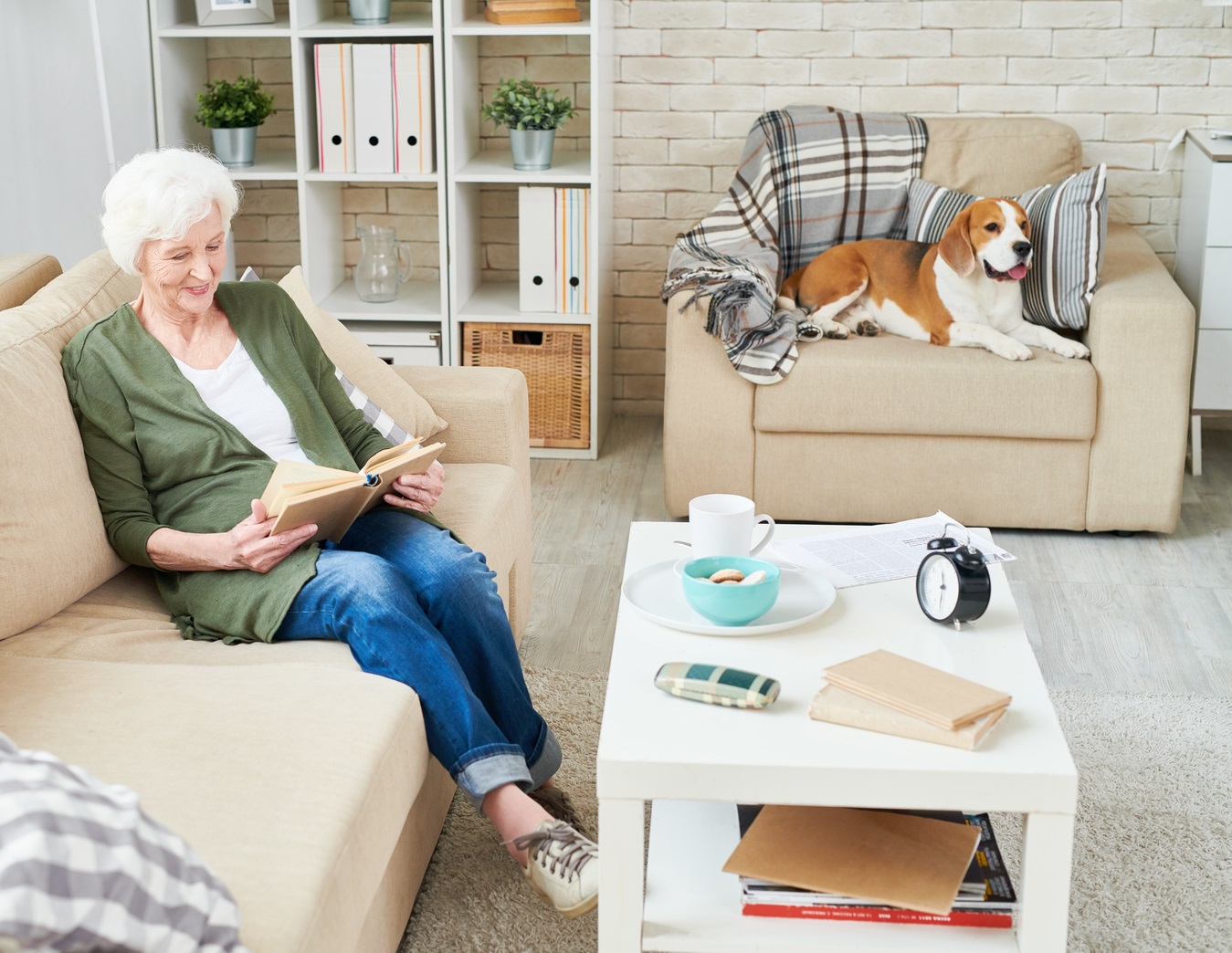In today’s world, ensuring the safety of our loved ones, especially the elderly, is of utmost importance. Fall detection systems have become a popular solution for monitoring the well-being of seniors. However, these systems can sometimes generate false alerts, causing unnecessary stress and panic. Understanding how to reduce false alerts in fall detection is crucial for caregivers and families alike.
False alerts in fall detection can stem from various factors, such as environmental conditions, sensor sensitivity, and the type of activity being performed. By addressing these factors and implementing certain strategies, we can significantly minimize the occurrence of false alerts. This article will delve into practical solutions and techniques to ensure that fall detection systems work more accurately and efficiently.

Understanding Fall Detection Systems
Fall detection systems are designed to identify when an individual experiences a fall and alert caregivers or emergency services. These systems typically use a combination of sensors, algorithms, and sometimes cameras to monitor movements and detect falls. There are different types of fall detection technologies, including wearable devices, non-wearable systems, and camera-based systems.
Types of Fall Detection Technologies
- Wearable Devices
- Non-Wearable Systems
- Camera-Based Systems
Common Causes of False Alerts
Understanding the common causes of false alerts is the first step towards reducing them. Some of the main causes include:
- Sensor Sensitivity: Sensors may be too sensitive, leading to false alerts from normal activities.
- Environmental Interference: Changes in the environment, such as furniture movement or pets, can trigger false alerts.
- User Behavior: Rapid movements or activities like exercising can sometimes be misinterpreted as falls.
Strategies to Reduce False Alerts
Adjusting Sensor Sensitivity
One of the most effective ways to reduce false alerts is by adjusting the sensitivity of the sensors used in the fall detection system. This can be done by calibrating the device according to the user’s normal activity levels. Many devices allow users to customize sensitivity settings to better match their lifestyle.
Choosing the Right Technology
Different fall detection technologies have varying levels of accuracy. For instance, wearable devices are often more accurate for active seniors, while non-wearable systems might be better for those with limited mobility. It’s essential to choose a system that aligns with the user’s lifestyle and needs.
Regular System Maintenance
Regular maintenance of the fall detection system is crucial to ensure it functions correctly. This includes updating software, checking battery levels, and ensuring that all sensors are working correctly. Regular maintenance helps in reducing false alerts and maintaining the system’s reliability.
User Education and Training
Educating users and caregivers about the functionality and limitations of fall detection systems is vital. Training sessions can help users understand how to use the system properly, which activities might trigger false alerts, and how to respond to alerts effectively.
Advanced Technologies to Consider
AI-Powered Systems
AI-powered fall detection systems use machine learning algorithms to analyze movement patterns more accurately. These systems can differentiate between falls and other activities, significantly reducing false alerts.
Integration with Smart Home Devices
Integrating fall detection systems with smart home devices can enhance accuracy. For example, smart cameras and voice assistants can provide additional context to the system, helping to confirm falls and reduce false alerts.
Conclusion
Reducing false alerts in fall detection systems is essential for ensuring the safety and well-being of our loved ones. By understanding the causes of false alerts and implementing strategies such as adjusting sensor sensitivity, choosing the right technology, and regular maintenance, we can enhance the reliability of these systems. Additionally, advanced technologies like AI-powered systems and smart home integrations offer promising solutions for reducing false alerts. For more information on fall prevention and safety, you can visit Health in Aging.
Internal Resources
For more insights on fall detection and elder care solutions, explore our articles on Fall Detection Without Cameras and Smart Elderly Care Solutions. Additionally, learn about Fall Detection Linked to Emergency Contacts for enhanced safety.

FAQs
What are the benefits of using fall detection systems?
Fall detection systems provide peace of mind by monitoring the safety of individuals, especially the elderly. They can quickly alert caregivers or emergency services in case of a fall, ensuring timely assistance.
Can fall detection systems be integrated with other devices?
Yes, many fall detection systems can be integrated with other smart home devices, enhancing their accuracy and functionality.
How often should fall detection systems be maintained?
Regular maintenance is crucial for ensuring the proper functioning of fall detection systems. It’s recommended to check and maintain the system at least once every three to six months.
This article contains affiliate links. We may earn a commission at no extra cost to you.






